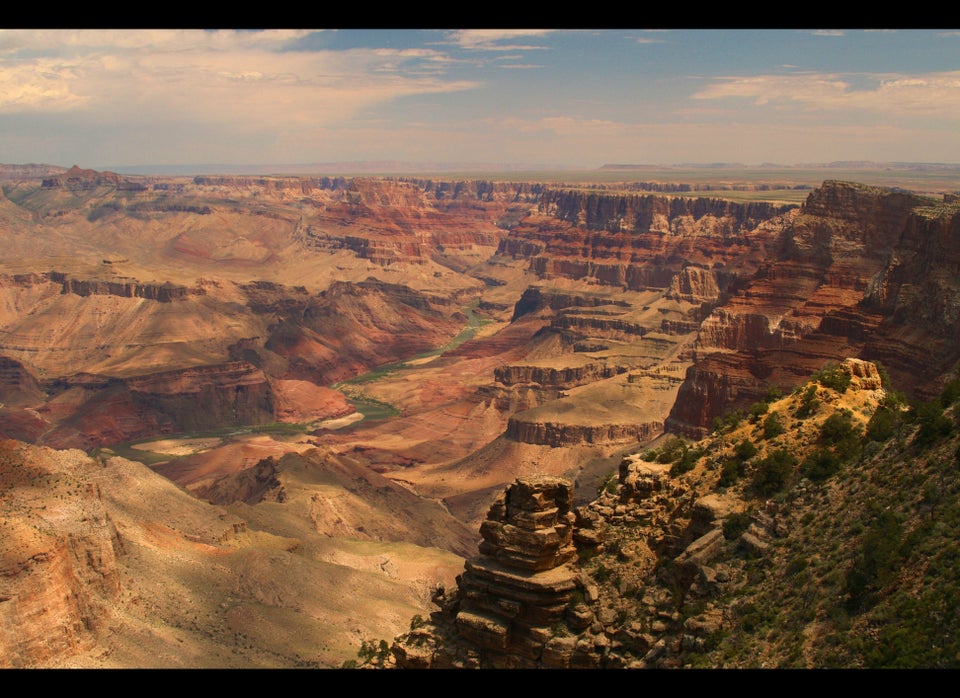WASHINGTON — The Trump administration, which is looking to slash the National Park Service’s budget by nearly 13 percent and eliminate 1,200 full-time staff, proposed Tuesday to drastically hike entrance fees at 17 of America’s most popular national parks, including Yellowstone, Yosemite and Glacier.
The move “would generate badly needed revenue for improvements to the aging infrastructure of national parks,” including roads, campgrounds and visitor centers, NPS said in a release Tuesday.
The planned increases are steep. If implemented, the cost of private vehicles would more than double to $70, while fees for a motorcycle would hit $50. Visitors entering by bicycle or on foot would pay $30.
Currently, at Yellowstone and Zion national parks, rates are $30 per vehicle, $25 per motorcycle and $15 for individuals on foot. Arches and Canyonlands national parks cost $25 per vehicle, $15 per motorcycle and $10 per individual.
The new fee structure would be limited to each park’s peak season, its busiest five months.
Interior Secretary Ryan Zinke said in a statement that the price bump “will help ensure that [the parks] are protected and preserved in perpetuity and that visitors enjoy a world-class experience that mirrors the amazing destinations they are visiting.”
“We need to have the vision to look at the future of our parks and take action in order to ensure that our grandkids’ grandkids will have the same if not better experience than we have today,” Zinke said. “Shoring up our parks’ aging infrastructure will do that.”
Zinke ― whose job it is to manage about 500 million acres of federal land, including the 59 national parks — has repeatedly stressed the need to address America’s aging infrastructure and vowed to address the estimated $12.5 billion maintenance backlog at national parks. In April, President Donald Trump donated $78,333.32, a portion of his salary, to the National Park Service, which Zinke said at the time would go toward improving maintenance of the nation’s battlefields.
Democratic lawmakers were quick to slam the park fee proposal. Rep. Raúl Grijalva (Ariz.), the ranking member of the House Natural Resources Committee, said in a statement, “We should be encouraging more people to get outdoors and enjoy our great natural wonders instead of discouraging them by raising park entrance fees.”
Sen. Maria Cantwell (Wash.) pointed to Zinke’s use of private planes for government business — a controversy Zinke has dismissed as “a little B.S.”
“While Secretary Zinke flies around on private jets using our taxpayer dollars, he is hiking up the fees all American families pay to enjoy our National Parks,” Cantwell said in a statement.
Theresa Pierno, president and CEO of National Parks Conservation Association, said the fee hikes would make these popular parks “unaffordable for some families.”
“The solution to our parks’ repair needs cannot and should not be largely shouldered by its visitors,” she said, adding that the administration should work with Congress to address the maintenance backlog.
NPS has opened a public comment period to gather feedback on its proposal, which would affect Acadia, Arches, Bryce Canyon, Canyonlands, Denali, Glacier, Grand Canyon, Grand Teton, Joshua Tree, Mount Rainier, Olympic, Rocky Mountain, Sequoia and Kings Canyon, Shenandoah, Yellowstone, Yosemite and Zion national parks. The comment period runs through Nov. 23.

